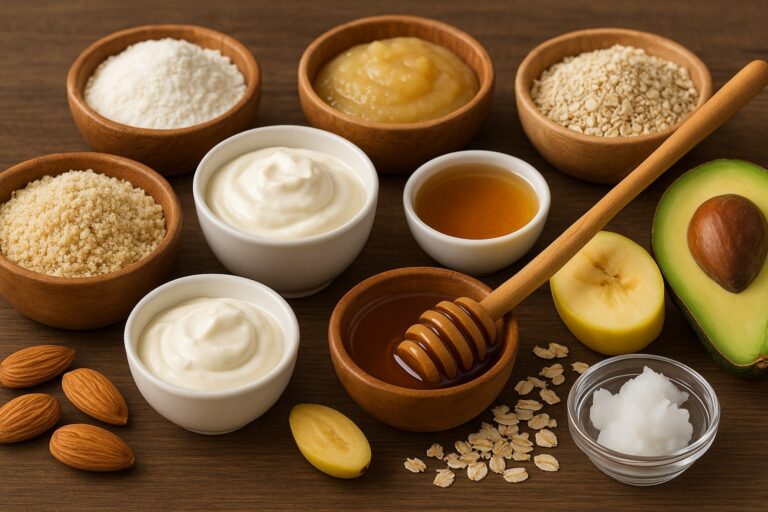The Ultimate Guide to Dough Proofing: Timing, Temperature, and Techniques

Understanding dough proofing is essential for any baker—whether you’re just beginning your bread-making journey or refining your artisanal baking skills. This key stage in bread fermentation plays a crucial role in developing flavor, texture, and structure. In this comprehensive guide,…








